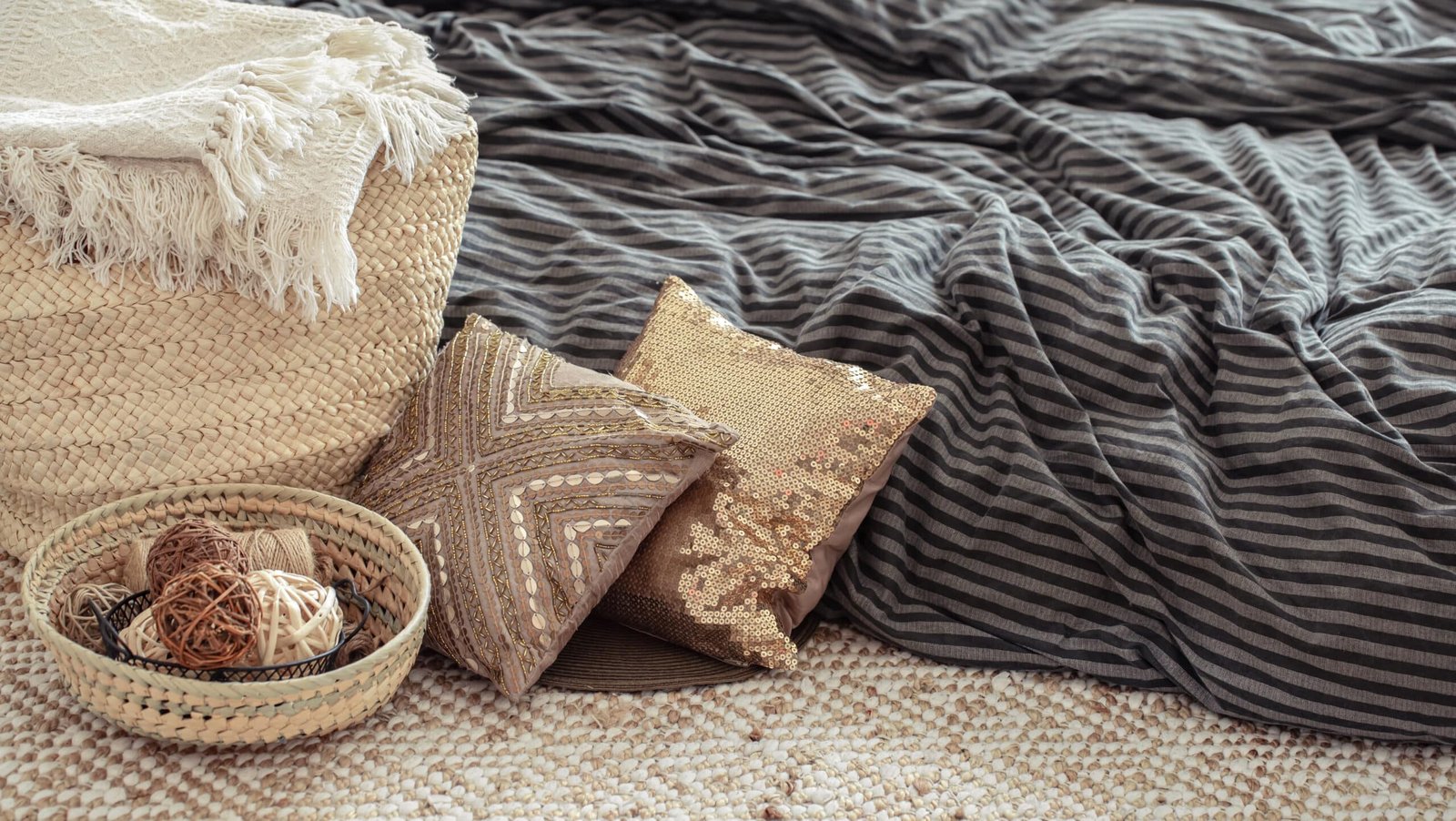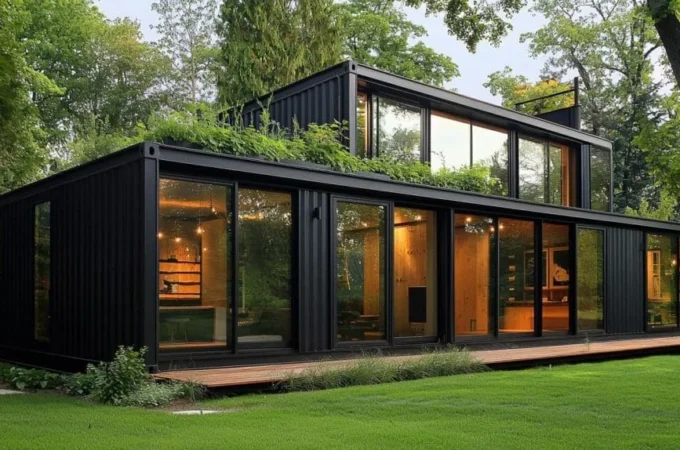
How To Expertly Layer Rugs For A Richer, Cozier Room
Rug layering, an increasingly popular interior design trend, can transform your living spaces into cozier, more visually engaging havens. This technique involves strategically placing one rug on top of another to create a harmonious, layered effect.
When done right, it can add depth, warmth, and a touch of luxury to any room. However, mastering the art of rug layering requires careful consideration of various factors. For a little help, below are some key insights and tips to guide you through expertly layering rugs.
Table of Contents
TogglePick the Right Rug Sizes
Selecting the appropriate rug sizes is a pivotal aspect of effectively mastering the art of layering rugs. When rugs are too close in size, they fail to fulfill their potential and create the desired decorative effect.
Instead of complementing each other, they tend to blend, diminishing the impact of your layered rug design. Interior designer, Avery Cox of Avery Cox Design offers valuable insights to help you navigate this aspect of rug layering.
Avery Cox emphasizes the importance of creating contrast when layering rugs. To achieve this, she suggests following what she refers to as the “golden ratio.” This principle dictates that the top rug should not dominate the space but should be proportionate to the size of the bottom rug. Specifically, the top rug should ideally occupy no more than about two-thirds of the area covered by the bottom one.
Imagine your base rug as the canvas upon which you will layer your decorative rug. It serves as the backdrop against which your top rug will shine.
For example, a 400×300 rug can beautifully complement a 600×400 rug underneath. This proportion ensures that the layered rugs create a visually pleasing contrast, allowing each rug to stand out and contribute to the overall design.
Consider the Room
It’s essential to choose the fitting room for rug layering. Layering rugs work best in rooms with ample space and minimalist or uncluttered furniture arrangement. Ideal spaces for rug layering include bedrooms, living rooms, and dens. These areas often provide a canvas where layered rugs can shine without feeling cramped or overcrowded.
In spacious rooms, layered rugs create a sense of coziness and intimacy within the larger space. They define specific areas within the room, such as a seating arrangement in the living room or a cozy reading nook in the bedroom. The layered rugs serve as visual anchors, adding depth and character to the room’s overall design.
The room’s existing design elements are crucial in determining the approach to rug layering. In simpler, minimalist spaces, you have more creative freedom to layer patterned rugs on top of one another for a bold and eye-catching effect. The lack of intricate details or busy patterns on walls and furniture provides a blank canvas for your layered rugs to take center stage.
Conversely, if your room features busy wallpaper, intricate wall art, or ornate furnishings, it’s advisable to exercise caution when layering rugs. In such cases, balance and harmony become paramount.
For instance, in a room with elaborate wallpaper, a solid-colored rug can provide a grounding effect while benefiting from the added texture and warmth of a layered design. It strikes a harmonious balance that enhances the room’s overall aesthetic.
Coordinate Colors
The key to successful rug layering is ensuring that the colors of the layered rugs either complement or match tonally. Interior designer Nancy Fire emphasizes the importance of color coordination when layering rugs.
If you plan to mix and match patterns, it’s crucial to ensure that the colors work harmoniously. Mismatched colors can disrupt the overall aesthetic, creating a chaotic look.
When working with different patterns, relate them through color. For example, you might combine an octagon-shaped rug with a striped one if the patterns share a common color palette. Tonality usually works best in achieving this harmonious look.
Thickness Matters
Rug thickness is another crucial consideration when layering. Layering multiple thick rugs can lead to unsightly bulges and even create tripping hazards. It can also cause rugs to slip around, making them less stable. To avoid these issues, stick to rugs half an inch thick or less when layering. It ensures a smooth and safe layering experience.
Also, consider the furniture you’ll place on the layered rugs. For instance, using a super thick rug in an office where an office chair needs to roll around may not be practical.
The Importance of Rug Pads
A rug pad is still a good idea, even when layering multiple rugs. A non-slip rug pad is essential for securing the base rug in place. It provides stability and prevents the rug from shifting or sliding.
You don’t necessarily need to add rug pads under every subsequent rug, but if you’re concerned about rugs moving around, removable rug tape can help hold them in place, especially in high-traffic areas.
Final Takeaway
Remember, there’s no one-size-fits-all approach to rug layering. It’s an art that encourages creativity and experimentation. So, mix patterns, play with colors, and confidently layer rugs to transform your room into a haven of comfort and sophistication.






